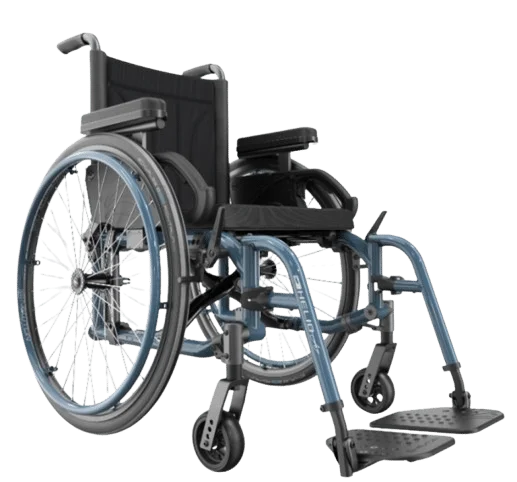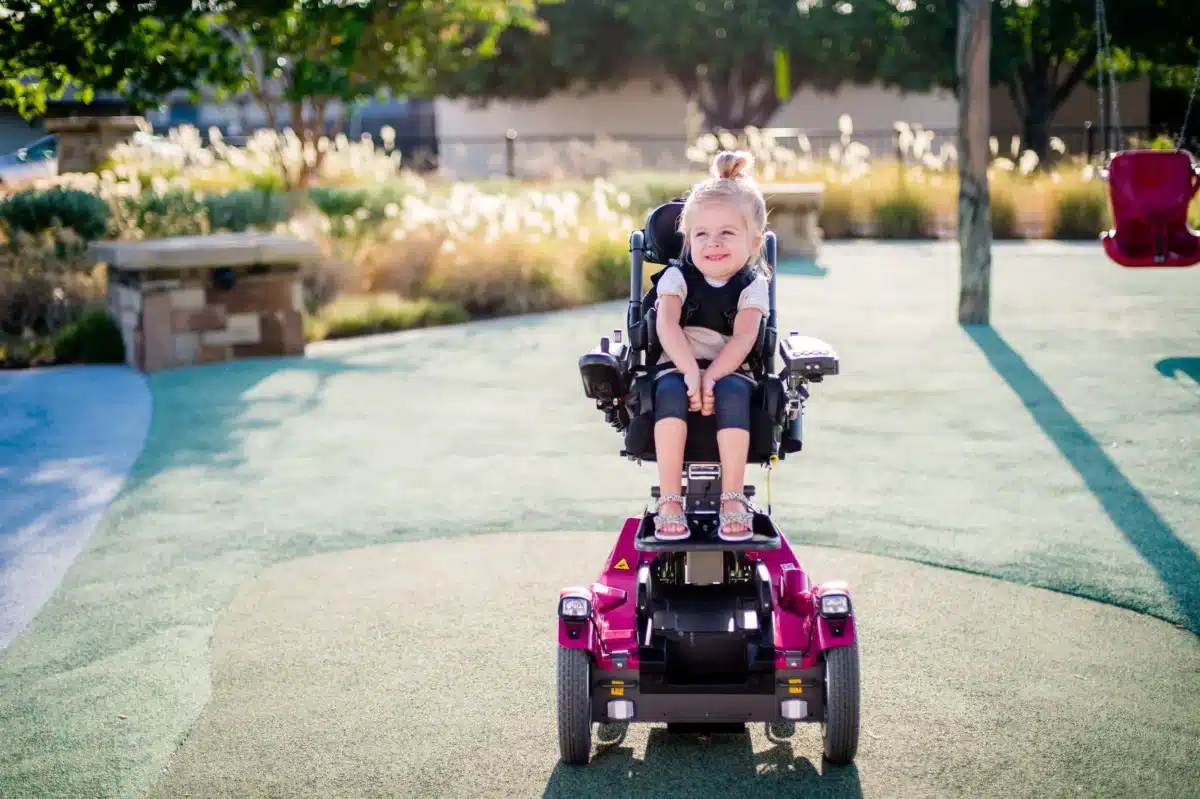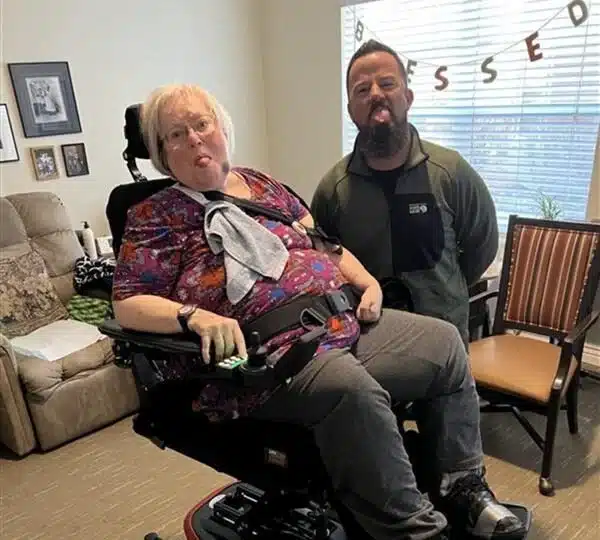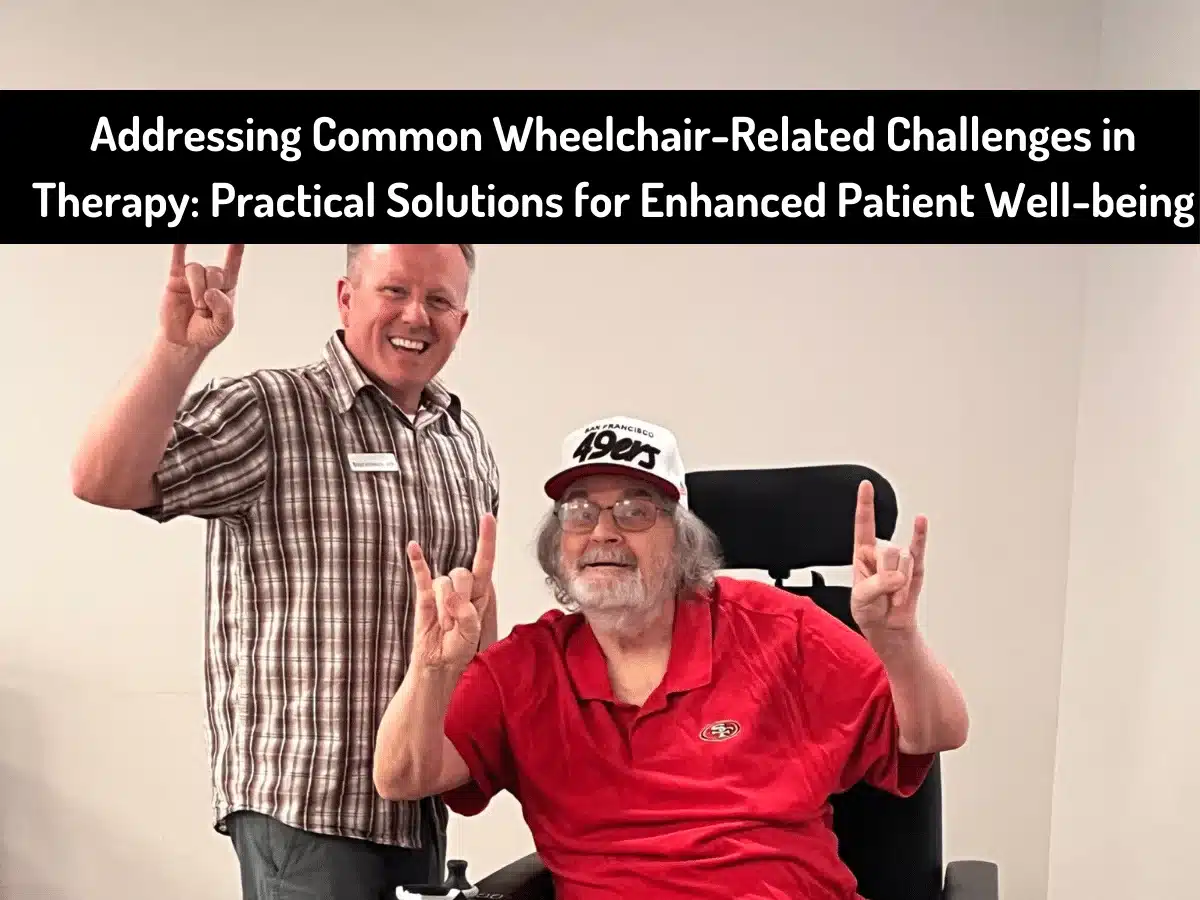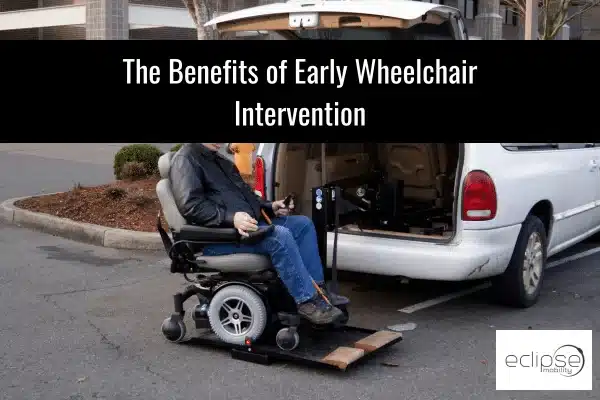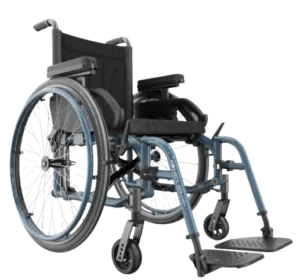Muscular Dystrophy (MD) is a group of inherited diseases characterized by progressive weakness and deterioration of muscle tissue. For individuals and families navigating this journey, the phrase “mobility aid” often evolves from a potential future consideration to an essential tool for daily life. A wheelchair, particularly a power wheelchair, is not a symbol of limitation; it is the power to live fully—a meticulously engineered device that maintains independence, conserves vital energy, and supports the body against the relentless progression of the disease. Choosing the right mobility solution is one of the most critical decisions in managing MD, requiring careful consideration, expert guidance, and an understanding of how the chair must adapt over time.
This comprehensive guide is designed to empower individuals with Muscular Dystrophy, their families, and healthcare providers. We will explore the critical timing of the transition to wheeled mobility, the distinct benefits of advanced power wheelchairs over manual options, and the non-negotiable importance of custom seating and positioning to manage the unique challenges posed by MD.
The Timing of Transition: Embracing Early Mobility
One of the most common mistakes in managing progressive neuromuscular conditions like Muscular Dystrophy, particularly Duchenne Muscular Dystrophy (DMD), is delaying the introduction of wheeled mobility. The transition to using a wheelchair should be viewed as a proactive step toward energy conservation and continued participation, not a reactive measure taken only when walking is no longer possible.
The Energy Conservation Imperative
Muscle weakness in MD is progressive. For children and adults, expending significant energy to walk, even for short distances, takes a toll that extends beyond mere fatigue.
- Protecting Core Strength: For individuals with DMD, for example, the energy required to struggle through mobility is better conserved for other essential functions, such as breathing, eating, and performing activities of daily living (ADLs). A power wheelchair allows users to reserve their limited muscle strength for functional tasks rather than propulsion.
- Maintaining Participation: By providing effortless mobility, a wheelchair, even a scooter or manual chair for long distances in the early stages, ensures the individual can keep up with peers, attend school all day, and participate in community activities without the fear of falling or becoming completely exhausted. This prevents social isolation and promotes positive psychosocial development.
- The Transition Point: While the age varies (most individuals with DMD transition to full-time use between the ages of 10 and 13), many specialists recommend introducing a manual wheelchair for long distances, or even a power wheelchair, earlier than this for energy conservation. Early power wheelchair use has been shown to support developmental gains in children by allowing them to independently explore their environment at the same stage as their peers.
Secure Your Independence: Find the Right Power Solution.
Manual vs. Power: The Critical Distinction
While a manual wheelchair may be a temporary solution for short-distance or occasional use, relying on one for long-term independence is generally contraindicated for individuals with progressive MD.
For all progressive forms of Muscular Dystrophy—including DMD, Becker Muscular Dystrophy (BMD) where weakness can start later, and Limb-Girdle Muscular Dystrophy (LGMD)—the power wheelchair eventually becomes the definitive, long-term solution.
Essential Features of Wheelchairs for Muscular Dystrophy
Given the progressive and complex nature of the disease, a standard, off-the-shelf wheelchair will not suffice. The ideal wheelchair for Muscular Dystrophy is a complex rehabilitation device, specifically a highly customizable Group 3 or Group 4 power wheelchair.
1. Advanced Seating and Positioning (The Core Requirement)
As muscle weakness progresses, the risk of developing spinal deformities like scoliosis and kyphosis, as well as contractures (muscle shortening and tightening), significantly increases. Proper seating is the primary intervention to manage these risks.
- Power Tilt and Recline: These power seating functions are non-negotiable for MD management.
- Power Tilt: Changes the angle of the entire seat relative to the ground (maintaining the hip angle). It is essential for pressure relief (redistributing weight away from bony prominences) and is recommended every 15-30 minutes. It also helps manage orthostatic hypotension and spasticity.
- Power Recline: Opens the hip angle by lowering the backrest. Used in conjunction with tilt, it provides maximum pressure relief and assists with comfort, stretching, and rest.
- Custom Contoured Seating: Specialized backrests and cushions provide total contact support, accommodating existing deformities and preventing the progression of spinal curvature. Lateral supports are critical to maintaining trunk alignment and resisting leaning caused by unequal muscle deterioration.
- Contracture Management: The wheelchair seating system must accommodate fixed joint contractures (common in the hips, knees, and ankles). This may require negative largest angles (to tuck legs back) or customized cushions to maintain proper pelvic alignment despite hip limitations.
2. Alternative Drive Controls and Electronics
As hand and finger dexterity diminish, the ability to operate a standard joystick may be lost. The ideal power wheelchair for Muscular Dystrophy must feature expandable electronics to adapt the control interface.
- Programmable Joysticks: Allow fine-tuning of speed, acceleration, and sensitivity.
- Alternative Input Devices: These systems enable independence even with severe weakness:
- Chin Control: A joystick manipulated by the chin.
- Head Array: Sensors embedded in the headrest that respond to subtle head movements.
- Sip-and-Puff: Uses breath control (sipping or puffing into a tube) to steer the chair and operate controls.
- Bluetooth and Integrated Controls: Modern systems, like Quantum’s Q-Logic or Permobil’s controls, allow users to operate their smartphones, tablets, and even smart home devices directly through the wheelchair’s drive control interface.
3. Power Seat Elevation and Standing Function
These advanced features boost function, social integration, and physiological health.
- iLevel®/Seat Elevation: Lifts the user up to standing or counter height. This is crucial for reaching objects, engaging in eye-level conversations, and improving independence in tasks like cooking and transferring.
- Standing Wheelchairs: Allow the user to move from a seated to a full standing position. The benefits include: improving bone density, promoting better circulation, assisting with bowel and bladder function, reducing the magnitude of contractures, and enhancing social interaction.
4. Drive Wheel Configuration
The selection of the drive system impacts maneuverability and stability, depending on the user’s primary environment.
- Mid-Wheel Drive (MWD): Most common choice. Offers the smallest turning radius, making it excellent for maneuvering indoors (school, home, office) and is generally intuitive to drive.
- Rear-Wheel Drive (RWD): Most stable at higher speeds and generally better for outdoor travel over varied terrain. Has a larger turning radius.
- Front-Wheel Drive (FWD): Good stability on inclines and obstacles but can be less intuitive for new users.
The Multidisciplinary Assessment Process
Securing the optimal wheelchair is a process that requires a specialized team, often referred to as a Complex Rehabilitation Technology (CRT) team. This team ensures the chair is medically necessary, clinically appropriate, and perfectly customized.
- The Clinical Team: Involves the Physiatrist (PM&R physician) or Neuromuscular Specialist, a Physical Therapist (PT), and an Occupational Therapist (OT), often one who is a Certified Seating and Mobility Specialist (CSMS).
- Comprehensive Evaluation: The team assesses the user’s current muscle strength, range of motion (especially for contractures), functional abilities (transfers, ADLs), home and school environment, and, critically, the anticipated progression of the disease.
- Feature Matching: This is where the clinical team matches specific power functions (tilt, recline, standing) and controls (joystick, head array) to the user’s documented functional deficits and future needs.
- Funding and Advocacy: Since these specialized power wheelchairs and features can be costly, the clinical team and the equipment supplier work together to write extensive medical justification to secure funding from insurance providers. Users and families often need to be prepared to advocate fiercely for the features that provide the best quality of life.
Conclusion
For individuals living with Muscular Dystrophy, the wheelchair is an indispensable tool that dramatically influences the trajectory of their independence and well-being. By embracing wheeled mobility proactively, particularly by transitioning to a highly adaptable, complex power wheelchair with advanced seating and alternative controls, users can effectively manage energy resources, prevent secondary complications like scoliosis and pressure injuries, and continue to participate fully in life’s activities. The key to success lies in a collaborative, forward-thinking approach, utilizing the expertise of a specialized mobility team to ensure the chair adapts as the disease progresses, providing continuous support and maximum function. A properly chosen wheelchair is truly the power to live fully.
Ready to Find the Mobility Solution That Adapts with You? At Eclipse Mobility, we specialize in Complex Rehabilitation Technology, understanding the critical and progressive needs associated with Muscular Dystrophy. We partner with your clinical team to provide expertly fitted power wheelchairs that feature essential functions like power tilt, recline, and specialized controls designed to support your independence now and into the future.


